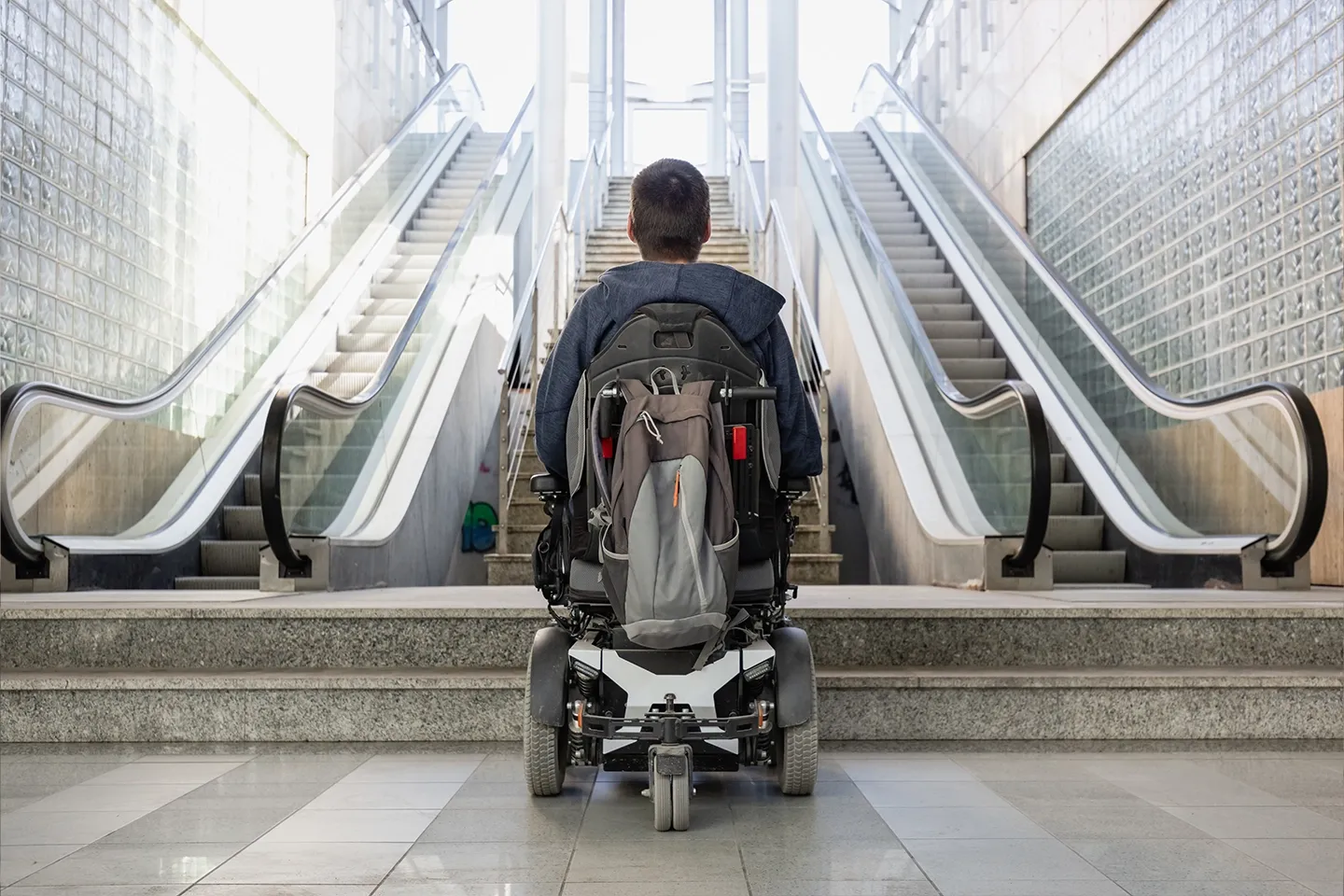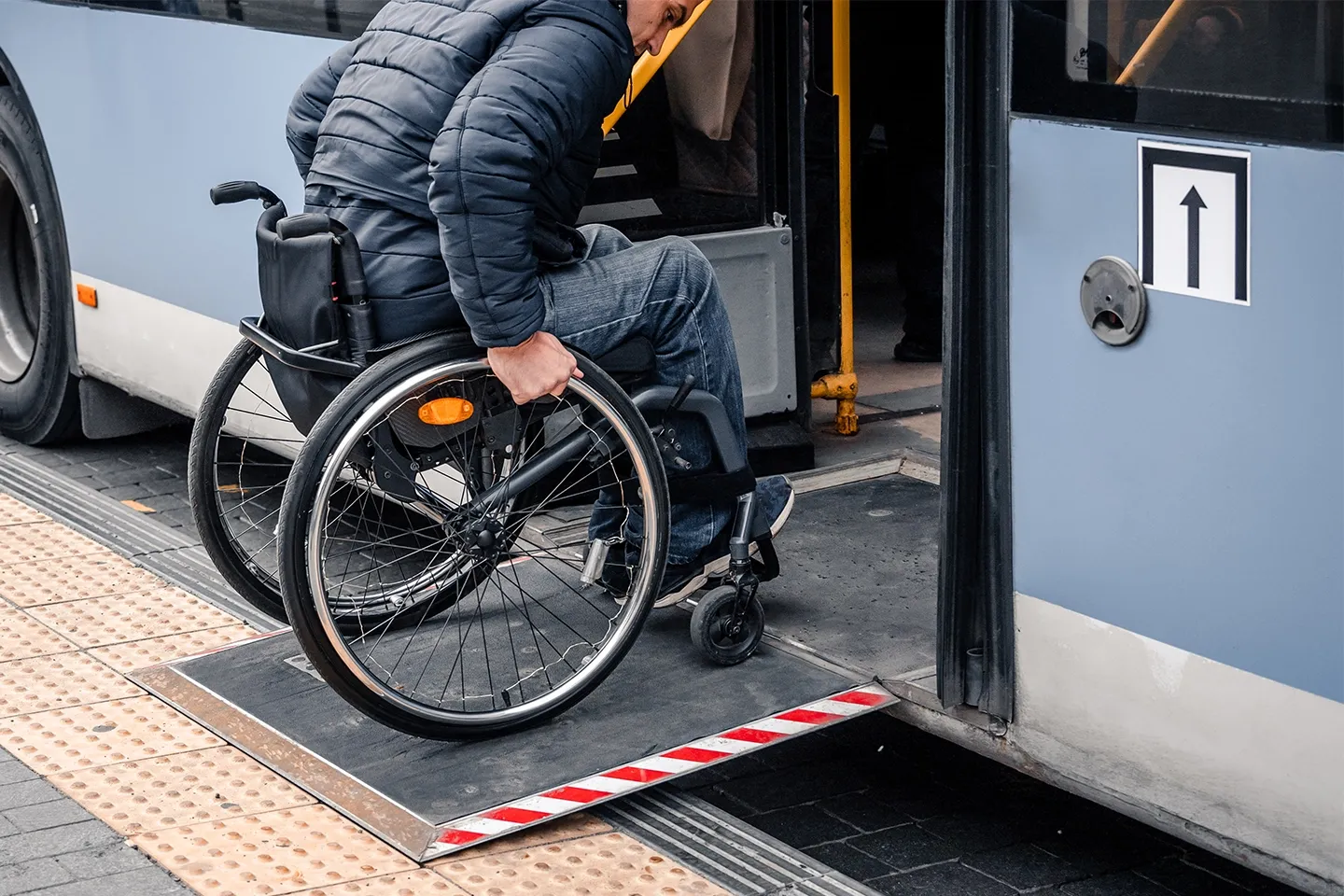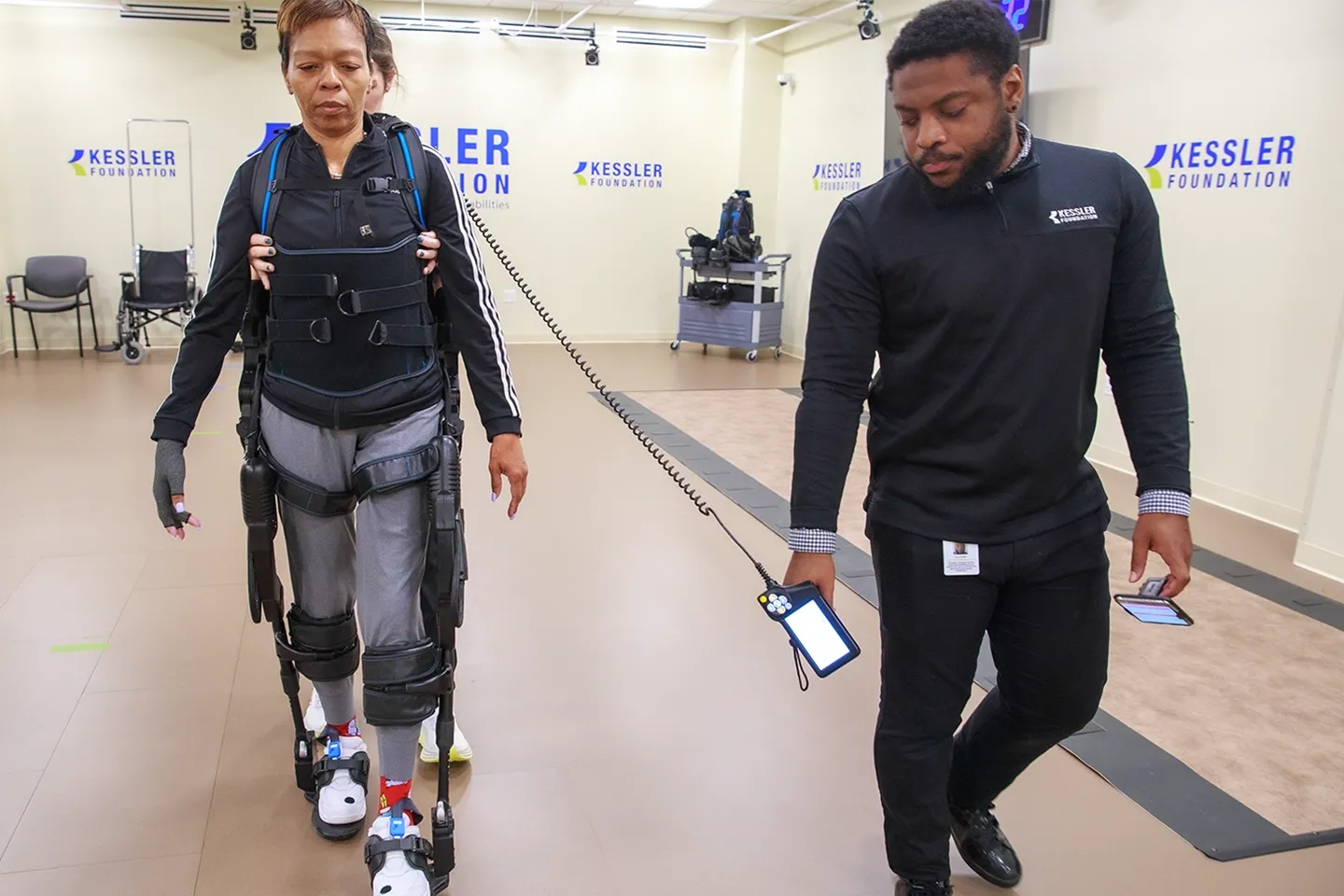
Center for Outcomes and Assessment Research
Advancing inclusion for people of all abilities
Disability occurs when people lack the proper supports in the environment to live independently and engage in all aspects of community life. Scientists at Kessler Foundation are studying these environmental factors to understand how to promote better access to healthcare, employment, housing, transportation, and education for people living with disabilities at all ages.
Center Leadership
Center Leadership
Laboratory Leadership
Laboratory Leadership

Building Data Resources to Enhance Collaboration
The goal of a multi-site, collaborative project is to build a set of data resources to identify the neighborhood factors and other social determinants of health that shape independent community living after spinal cord injury. This federally funded, five-year project aims to specifically generate actionable information about how communities shape the disability experience.

Implementing Mobile Technology to Understand Lived Experience
A combination of research designs and data collection methods— such as surveys, administrative databases, GPS, focus groups, and interviews— are necessary to pinpoint barriers and ongoing needs of people with disabilities living in the community. A recent study combines mobile technology and input from individuals with spinal cord injuries to detect real-time community barriers.

Evolving Disability Perspectives: Environment Matters
The work of Center scientists is dedicated to improving community living conditions by identifying the current economic, physical, and social barriers experienced by people with disabilities. Deciphering the complex relationship between someone's environment and their disability experience will guide policy and program initiatives to improve accessibility and inclusivity in public spaces so that people with disabilities can thrive.

Prioritizing Housing Goals to Impact Quality of Life
Housing that fails to meet the needs of people with disabilities may have long-term negative consequences for achieving independence. Recent research conducted by Foundation scientists suggests that people living with mobility impairments may experience a prolonged search for adequate housing.

Improving Public Transit Access for People with Disabilities
Transportation access limitations can be a major barrier to employment, community participation, and independent living for people living with disabilities. Kessler Foundation researchers are working to understand the barriers that people with disabilities face and the policies and services needed to address these inequities.

Addressing Obstacles to Healthcare and Disability Benefits Services
Recent studies reveal unmet healthcare needs and the barriers to care that affect members of the disability community. Crucially, researchers are focusing on ways to identify and alleviate financial constraints and service gaps for children and adults with disabilities.
Learn More: How Healthcare Utilization Varies After Spinal Cord Injury
Learn More: Social Determinants of Health & Disability Outcomes

Empowering Inclusion: Equal Services for Children with Disabilities
Center researchers have been investigating disparities, including those related to race, ethnicity, language, geography, and other factors, that could potentially create obstacles to crucial services for children with special health care needs or disabilities. These studies include school re-entry and social integration as well inequities in the access to health services among youth on the autism spectrum.
Learn More: Disparities in Health Services for Children with Autism
Learn More: Challenges for Children with Special Needs Returning to School
Multimedia

Join a Research Study Today



